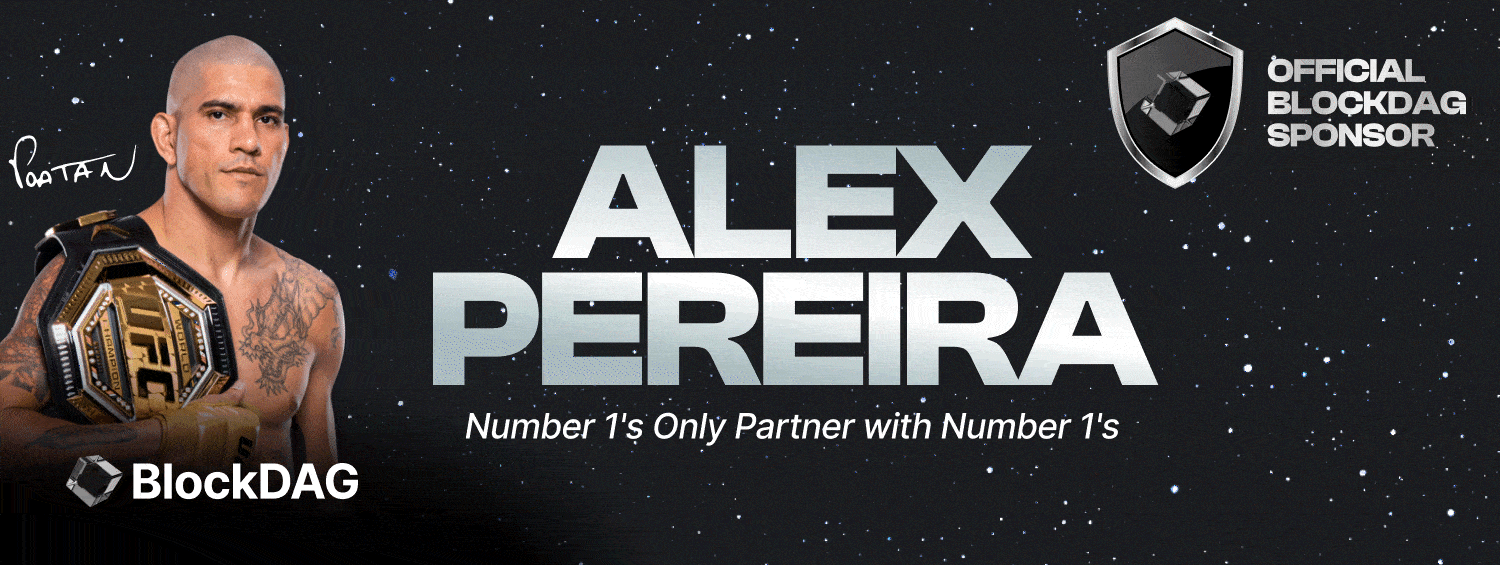
Last year, gaming was eating media (paywall). This year, even gaming is realizing that no one is exempt from media trends. As the industry struggles with mass layoffs and a cooldown in consumer spending, it is undergoing the same digital transformation that its peers in entertainment (movies, film, TV, mass media, etc.) have already experienced.
Thanks to the democratization of content creation and distribution channels, breakout winners and high-growth areas come from outside the big studio system. For gaming, that means indies and their passionate communities.
Already riding a wave of successes this year, the independent game developers and their almost cult-like gamer followings are poised to only continue their momentum through the use of AI and Web3. This next wave of gaming will rightfully belong to the foundation and future of the industry: the grassroots who have filled distribution platforms with their own content and now have the tech to scale their output and audience.
The Indie Phenomenon
Given that consumers spent $184 billion on games last year, why the sudden restructuring of the gaming industry? Part of the answer is that, as was the case with streaming, there was a glut of investment in content during the Covid-19 pandemic, when most consumers were spending significantly more time on in-home entertainment.
With the pandemic over, the level of spending and engagement has dropped significantly. At the same time, gaming relies on hits to earn back its production and marketing costs. Deep into 2024, there have not been any breakout hits from the big publishers (Activision, Epic, Ubisoft, EA and the like).
Contrast that with the success of indie titles this year. According to the Konvoy article linked above, five of the top 10 highest-grossing games on Steam so far in 2024 are indie: Palworld, Granblue, Last Epoch, Lethal Company and Enshrouded. This is an astonishing trend given the overwhelming odds indies usually face. More than 50% of indie games never surpass $4,000 in revenue. Only 1% of games earn over $7,000,000 in revenue.
The rise of indie is an indicator that gamers are ready for fresh, experimental content and willing to back it with dollars. However, many agree that the user acquisition and production costs for games are no longer sustainable given how few games actually become hits.
The cost of building an indie game can range from $1,000 to a little over $1 million. AAA titles usually have production budgets of $60 million to $80 million, with the most sophisticated titles exceeding $100 million for development alone. Small wonder, then, that all studios are trying to tap into user-generated content for their game development and expansion.
The current methods gamers use to monetize UGC, if they monetize it at all, do not undermine the primary revenue streams of the games. Most notably, Roblox and Fortnite both owe their explosive growth to the incorporation of UGC into the core game loop.
Production costs, however, are still somewhat within the control of studios. What lies outside their control, yet can be just as important—if not more crucial—to a game’s success, is user acquisition costs. For mobile games, the average cost per install (CPI) in 2023 was around $4.30 on iOS and $1.15 on Android. Following the IDFA and other privacy strictures from mobile platforms, game marketers are facing a further 20 to 30 times increase in costs. For AAA franchises, many of which have a strong built-in, historical fanbase, marketing budgets can reach around $300 million.
Simply put: Gaming currently loves the originality of indie, but the business structure of the industry is making large-scale publishing and development an increasingly risky proposition and continues to hamper the growth of small, independent studios.
The Promise Of AI And Web3
The rise of generative AI and Web3 in gaming is an attempt to control costs, find new, more effective methods of distribution and put content creation in the hands of the community. AI adoption is more widespread, significantly shortening the time and resources required to create new and derivative game content. This is critical for the reduction of costs at studios, but more so for the democratization of quality content generation in UGC.
So far, the emphasis on Web3 in gaming has been the ownership of in-game assets won in the game. That is low-hanging fruit, but as we’ve seen in the recent trough in the space, not enough to sustain any appreciable growth. The future of Web3 gaming lies in the decentralized generation and ownership of content. Once created, UGC should be freely monetizable by its creators and open the ability of games to collaborate with one another on IP.
In addition, Web3 has a clear advantage in terms of user acquisition. For traditional games, user retention is around 20% to 40% only 24 hours after initial installation. Over half the users who keep playing will still leave the game after a week. Web3 games, however, see over 40% retention in the first week.
Perhaps the most lasting impact of Web3 in gaming, however, is its emphasis on the celebration of freedom and the exploration of creative expression, together. Long-simmering grievances from the gaming community about censorship in gaming and lack of support for the experimentation and creativity of indie boiled over this year with far more stringent game content guidelines.
Web3 is permissionless by design—anyone is free to build anything on its decentralized architecture. For example, for Saga Origins, our publishing house, the criteria for games is that they must be provocative, expansive and uncompromising. This allows us to publish titles that are likely to be passed over by big studios.
In the end, this upcoming wave of games will be defined by indie, fueled by new innovations in AI and Web3. As exciting as the growth of video games and their increasing relevance in today’s cultural zeitgeist has been, it is this paradigm shift that will usher in the true gaming revolution.
© Forbes


























